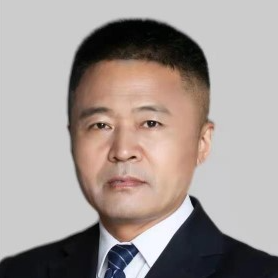Manoeuvring and Control of Ships and Other Marine Vehicles
A special issue of Journal of Marine Science and Engineering (ISSN 2077-1312). This special issue belongs to the section "Ocean Engineering".
Deadline for manuscript submissions: closed (31 December 2021) | Viewed by 32701
Special Issue Editors
Interests: ship maneuvering and control; application of AI and CFD technologies in marine hydrodynamics
Special Issues, Collections and Topics in MDPI journals
Interests: intelligent control for complex systems; modeling and control of marine vehicles
Special Issues, Collections and Topics in MDPI journals
Special Issue Information
Dear Colleagues,
During the last decade, with the rapid development of numerical simulation techniques and experimental techniques, as well as the successful application of advanced control and artificial intelligence techniques in ship maneuvering and control, significant progresses have been made in the field of ship maneuvering and control. Additionally, the requirement of ship maneuverability prediction at the design stage raised by IMO’s “Standards for Ship Manoeuvrability” and the energy-efficient navigation at sea required by IMO’s resolutions about EEDI and EEOI have greatly promoted research on ship maneuvering and control under various environmental conditions. The purpose of the invited Special Issue is to publish the results of the latest progresses and achievements in research on ship maneuvering and control. Papers are invited on topics including but not limited to:
- CFD-based simulations of ship maneuvering;
- Verification and validation of numerical methods;
- Experimental techniques;
- Maneuvering in restricted waters;
- Maneuvering in waves;
- Maneuvering at low speed;
- Identification modeling of mathematical models;
- Development and application of simulators;
- Advanced control techniques for surface ships and underwater vehicles;
- Path following and track control of underactuated ships;
- Roll stabilization system;
- Dynamic positioning system.
Prof. Dr. Zaojian Zou
Prof. Dr. Tieshan Li
Guest Editors
Manuscript Submission Information
Manuscripts should be submitted online at www.mdpi.com by registering and logging in to this website. Once you are registered, click here to go to the submission form. Manuscripts can be submitted until the deadline. All submissions that pass pre-check are peer-reviewed. Accepted papers will be published continuously in the journal (as soon as accepted) and will be listed together on the special issue website. Research articles, review articles as well as short communications are invited. For planned papers, a title and short abstract (about 100 words) can be sent to the Editorial Office for announcement on this website.
Submitted manuscripts should not have been published previously, nor be under consideration for publication elsewhere (except conference proceedings papers). All manuscripts are thoroughly refereed through a single-blind peer-review process. A guide for authors and other relevant information for submission of manuscripts is available on the Instructions for Authors page. Journal of Marine Science and Engineering is an international peer-reviewed open access monthly journal published by MDPI.
Please visit the Instructions for Authors page before submitting a manuscript. The Article Processing Charge (APC) for publication in this open access journal is 2600 CHF (Swiss Francs). Submitted papers should be well formatted and use good English. Authors may use MDPI's English editing service prior to publication or during author revisions.
Keywords
- CFD-based simulations of ship maneuvering
- Verification and validation of numerical methods
- Experimental techniques
- Maneuvering in restricted waters
- Maneuvering in waves
- Maneuvering at low speed
- Identification modeling of mathematical models
- Development and application of simulators
- Advanced control techniques for surface ships and underwater vehicles
- Path following and track control of underactuated ships
- Roll stabilization system
- Dynamic positioning system






